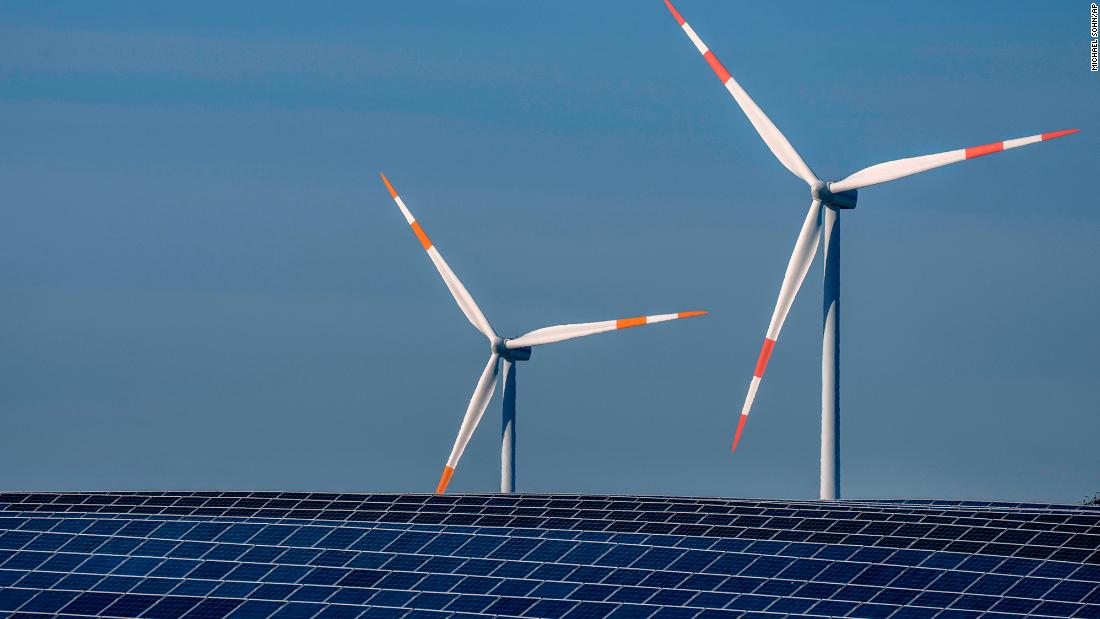
On the government side, pro-environment leaders come and go. Some have passed forward leaning environmental laws and regulations, others have reversed this progress. Environmentalists have brought innumerable lawsuits against governments for their failure to uphold their own laws yet often we work cooperatively with governments and legislatures to pass critical legislation and regulatory action.
Yet compromises have often been possible, and environmentalists also work collaboratively with both corporations and governments to transform industries where there are mutual environmental and economic benefits such as the transformation of the lighting industry to LEDs, supporting renewable energy incentives, and forest certification standards. Overall, that ebb and flow of the “wins” by governments, environmentalists, and corporations has led to a two steps forward, one step back process for decades, and overall progress on solving or reducing environmental damage and risk has been glacial.
In the meantime, over 1 million species are at risk of extinction, plastics are in our bloodstream, oceans, and food, and chemical toxins still plague the planet. Now climate change has dramatically altered this back and forth and solving the world’s largest environmental disaster has become an imperative, requiring a radical new strategy. Simply put, it is going to take a lot more than governments, environmentalists, and individuals can provide to solve the climate problem. After decades of treating business leaders as the enemy (and often rightly so), many environmentalists have come to the realization that if we want to save the planet, we cannot do it without them.
“The largest market in the history of the world”
The notion that businesses, innovators, and investors might play a larger role than governments was on full display at the recent Glasgow COP climate summit. Instead of stepped-up ambition to solve climate, most countries did nothing, even stepping backwards.
Environmentalists lobbied vigorously to no avail and if we had all been honest, a sense of despair was growing. On the corporate side, however, there was palpable enthusiasm around deal making, new technologies, and opportunities to make money.
How do we invest in our planet?
First, governments have long taken the lead in research and development and every economic revolution since the 1800s witnessed massive government investment in technology. Unfortunately, government investments in environmental and climate research, subsidies, and incentives have ebbed and flowed depending on who’s in charge. Governments must invest, build infrastructure for the transition to renewables and the green economy in general, and regulators must provide some certainty in the marketplace, along with carrots (subsidies and incentives) and sticks (ending fossil fuel subsidies and requiring disclosures from all businesses).
Even if all these steps are taken, proofing the planet against climate change and other environmental woes will be a long and expensive journey that will require investments and new ways of thinking from all sides. Unless all the planet’s stakeholders change their behavior, the causes of climate change will further entrench themselves into the world economy, increasing scarcity, draining profits, and cutting job prospects. That is a recipe for all of us to end up in the red.